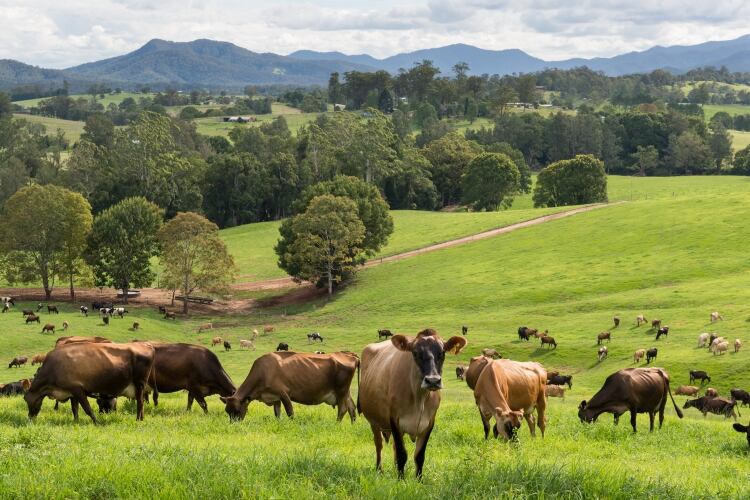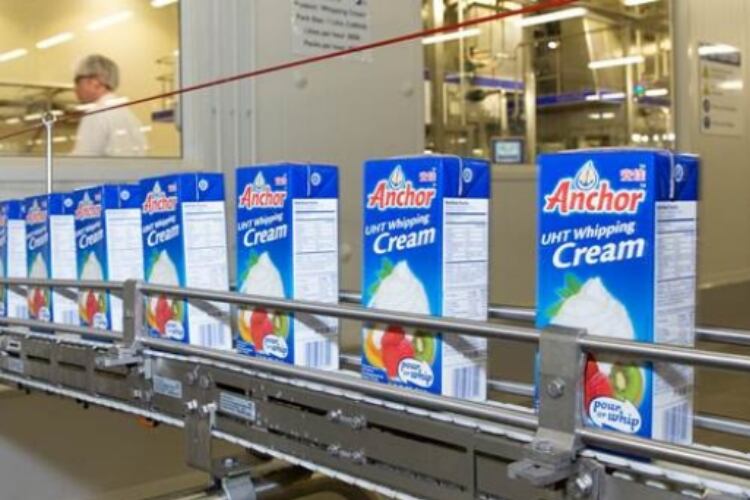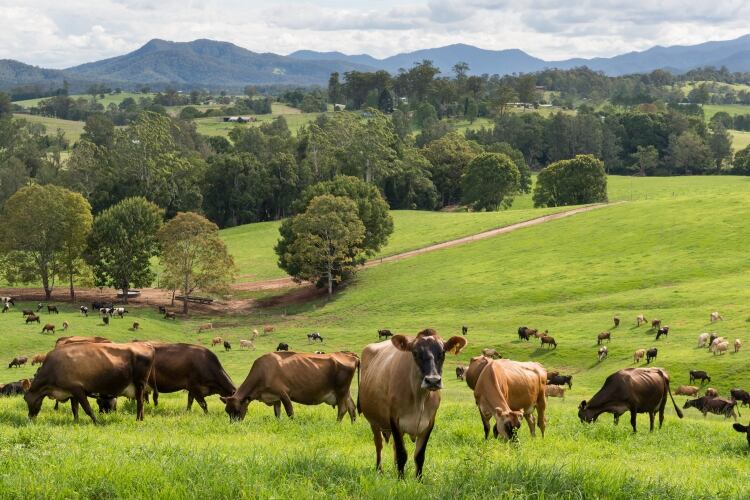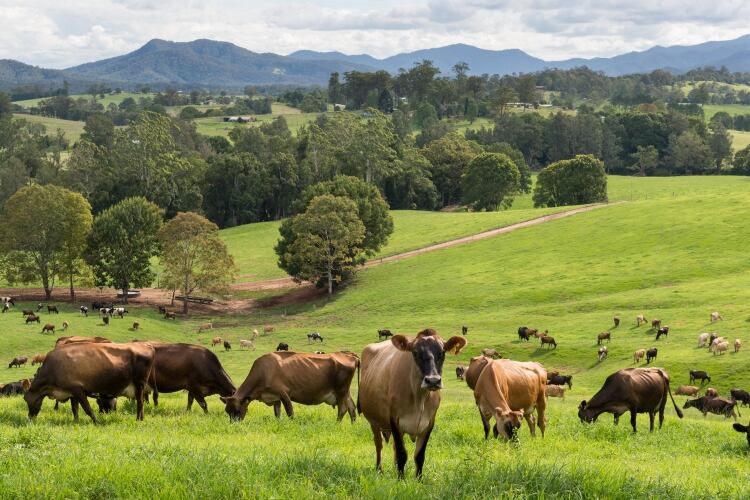Despite this, farmers are hardly jumping for joy, with an annual survey of their confidence in the future of the industry indicating a substantial increase in pessimism.
The dairy body’s “Situation and Outlook” report suggest better prospects for the industry during the new season starting on July 1, despite continued higher costs for key inputs like grain, hay and water.
Global commodity markets remain well balanced, supported by a 3.2% increase in global dairy demand in the past year, and growth in key markets such as Greater China and Southeast Asia, Dairy Australia found.
Sales growth
Domestic dairy consumption also remains robust, and is among the highest in the world per capita. Supermarket sales of major dairy products continue to generate value growth for the industry, with dairy spreads and cheese the best performers, growing 7.3% and 4.9% respectively. Deli cheese continues to grow in popularity, accounting for 8.1% of total cheese sales.
Dairy Australia senior industry analyst John Droppert said Australian dairy farmers are reaching the end of what has been an exceptionally challenging season, but that positive signs were emerging.
“Positive domestic market trends, stronger global markets and a weaker Australian dollar have supported higher farmgate pricing this season and look set to deliver further increases over the next 12 months,” he said.
“Surging input costs have however, outweighed improved farmgate pricing, and milk production will likely remain under pressure.
“Higher pricing will provide opportunities if enough rain falls at the right time and pushes grain, hay and irrigation water prices down,” Droppert added.
Dairy Australia’s forecast of a 7-9% decrease in national milk production to between 8.45bn and 8.65bn liters for the current season remains unchanged. This reflects a significant reduction in the national herd and farmers reducing herd sizes due to drought and increased costs.
The national industry body predicts a further drop in milk production of between 3-5% to a total of 8.1bn to 8.3bn liters in the coming season.
Confidence levels
It has also published results of its annual National Dairy Farmer Survey in the report, which highlights confidence levels of 800 dairy farmers across all dairy regions.
Conducted in February, the survey shows only 34% of farmers feel positive about the future of the dairy industry, compared to 47% last year and 53% the year before.
“This is the sixth consecutive year of declining sentiment nationally and a majority of farmers now feel negative about the future of the industry in all dairying regions with the exception of Tasmania,” Droppert said.
“This is to be expected given the difficulties of recent years, though it should tick upwards if better conditions translate into improved profitability.
“Farmers feel more confident about their own operations and 45% are positive about the outlook for their businesses.”
He added that a smaller survey sample conducted in April showed an increased level of confidence, reflecting a minor improvement in the farmgate price at that time, supermarkets increasing the price of a dollar a liter of private label milk and improved weather conditions in some regions.
Workforce issues
Elsewhere, Australian farmers with foreign workers now have more opportunities to attract and retain staff, after skilled overseas workers employed under a dairy industry labor agreement were made eligible for permanent residency.
The changes were successfully progressed by the Australian Dairy Farmers, the industry body that represents them, which works closely with Dairy Australia. The organizations say the move has made the industry more attractive to skilled international labor.
The pathway gives New South Wales dairy farmer Kristen Clark the opportunity to retain her skilled overseas worker who has developed a strong understanding of her farming system.
The fifth-generation dairy farmer milks 900 cows in the Riverina region, producing more than 8m liters per year. She employs four family members on the farm, as well as five long-term local staff.
With farm workers increasingly hard to find in her local area, Clark has employed a farm hand from Guatemala for the past five years under a temporary visa through a dairy industry labor agreement.
“We have always struggled to build our workforce and fill positions by getting locals on the farm,” she said.
“We fill the gap with overseas workers, but the issue is that is they’re only able to be here for a limited time and they’re generally unskilled.
“The person we’ve employed has a built her skill base working for us – when she finishes up, we have to start from scratch with someone else.”
For each new farm worker Clark employs, she estimates the cost to her farm business to be approximately A$2,000 (US$1,370) in recruitment and training.
As well as reducing the cost of hiring new farm workers, the permanent residency pathway gives Clark the opportunity to give her staff more training, building their capacity to learn new skills as her mother takes a step back from hands-on tasks.
She also sees permanent residency as an opportunity for her overseas workers to get more involved in the local community.
“We want to employ people who live in our community, so we can give back to our community, but there will always be gaps to fill,” she said.
“People with permanent residency can fill that gap, because they get involved in the community as well.”
Farm owners looking to vary existing labor agreements or apply for a new labor agreement to enable this pathway to permanent residency are advised to contact the Department of Home Affairs.




